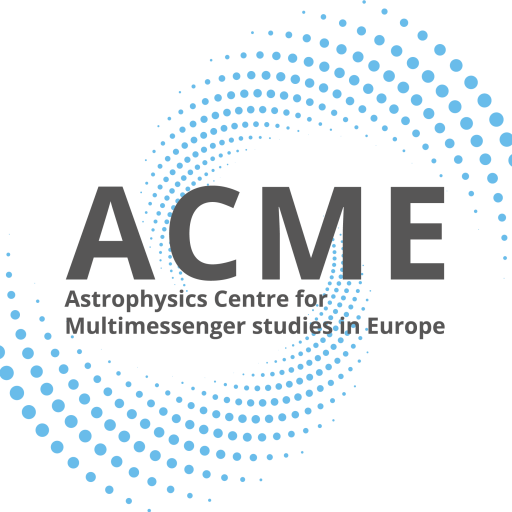The department of astroparticle physics is a part of Faculty of Mathematics and Natural Sciences at the University of Wuppertal. The group has been a founding member of the Pierre Auger Observatory with major contributions to the fluorescence telescopes, the readout electronics of the surface detector stations, and more recently to the AugerPrime scintillator and radio upgrades. In data analysis, it mainly focuses on researching various phenomena at extremely high energies with neutrinos, photons and cosmic rays, high energy hadronic interactions, and it spearheads the efforts related to multi-messenger astronomy within the Pierre Auger Collaboration. Complementary to data analysis, it is involved in developing and applying CRPropa for cosmic ray propagation and CORSIKA8 as transport model. Looking towards the future, the group is involved in development of technologies for next generation observatories. The department is also involved in the IceCube neutrino observatory.
Main contact for TNA call: Karl-Heinz Kampert
Available Expertise
In the context of ACME the department can provide expertise on:
- Access to measured data at the Pierre Auger Observatory based on observational demands subject to approval (tools, temporal and spatial coincidence analyses)
- Support to access and interpretation of Auger Open data (10% of all data including scaler counting rates and atmospheric data)
- Ultra high energy neutrino and photon analysis with the Pierre Auger Observatory (tools, concept, current follow-up programs)
- Other physics analysis with UHE cosmic rays, neutrinos and photons (propagation, stacking searches and radio detection)
Available Tools
Auger analysis framework: Framework developed within the collaboration to analyze cosmic ray air showers. [ Nucl. Instrum. Meth. A 580 (2007), 1485-1496 ]
Auger Open data: https://opendata.auger.org/data.php
CORSIKA 7 & 8: Particle cascade simulators used to simulate UHE cosmic ray and neutrino interactions. https://www.iap.kit.edu/corsika/index.php
CRPropa: Open source tool for intergalactic (and galactic) propagation of cosmic rays. https://github.com/CRPropa/CRPropa3
CRISP: A plug-in for CRPropa, developed in house, which uses an analytical approach to simulate propagation of cosmic rays. Source code available on request, publication in preparation.






